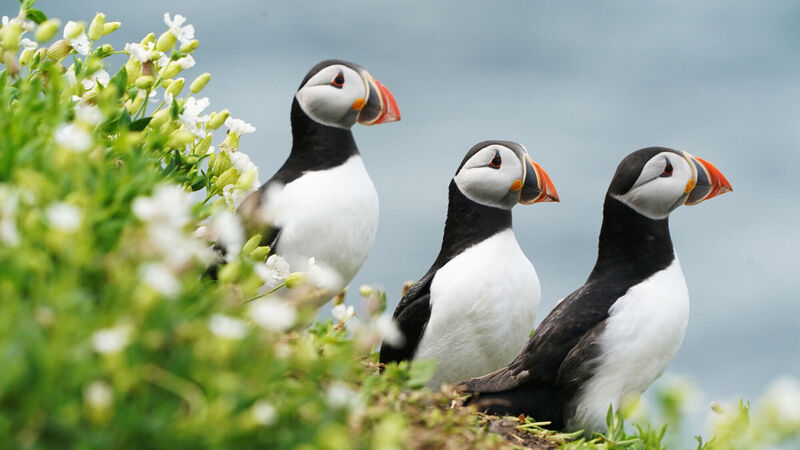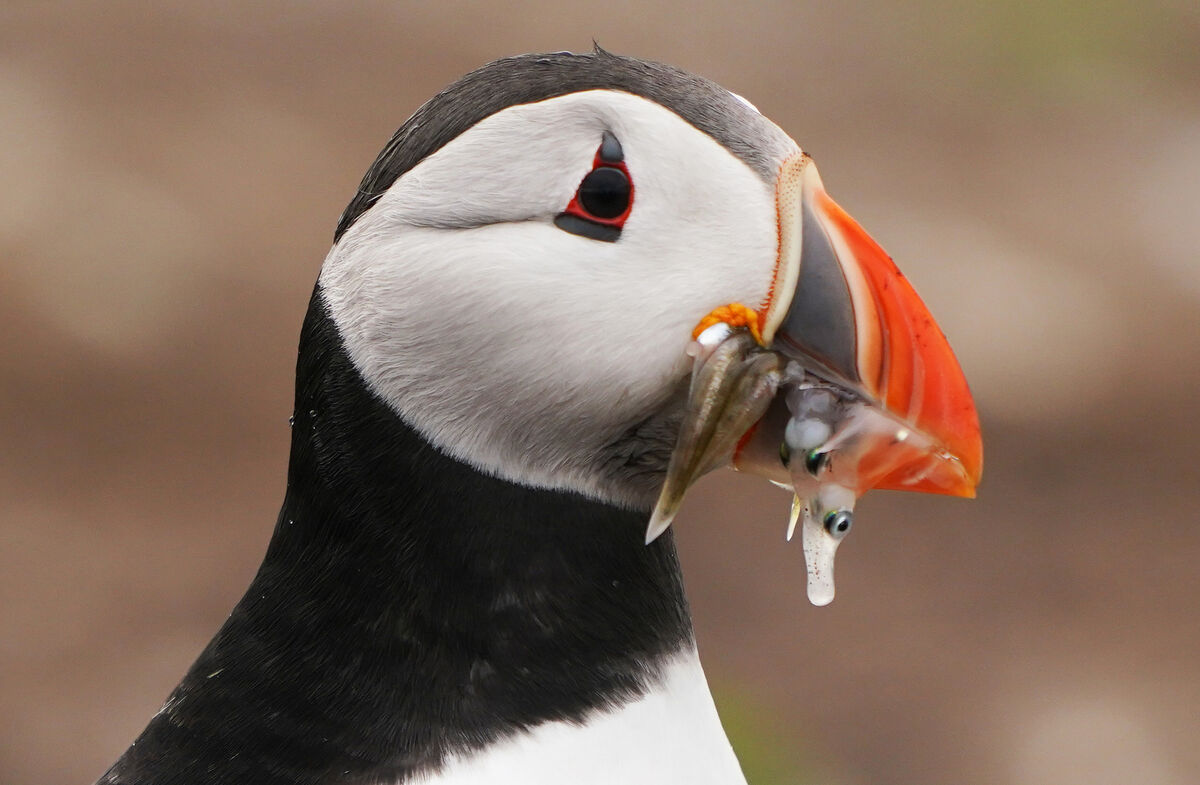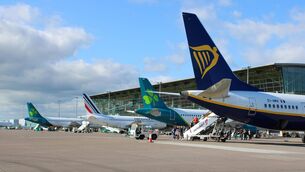Puffins lose ability to fly for up to two months each year, exposing them to winter storms

The timing and location of the flightless moult of puffins has long been a mystery to scientists, only occurring when puffins are far from land and out of sight.
Puffins lose their ability to fly for up to two months each year, new research has found, which is twice as long as what was previously thought and leaves them vulnerable to winter storms.
The research, conducted by a team at at University College Cork (UCC) has discovered that the seabirds - which are in decline - lose the ability to fly after moulting their feathers and are bound to the water surface. Moulting is where puffins shed and regrow their feathers after they lose their shape overtime.
The timing and location of the flightless moult of puffins has long been a mystery to scientists, only occurring when puffins are far from land and out of sight.
This led the group to develop tracking devices which they fitted to the birds in order to keep tabs on their activity. Small loggers were put on the birds' legs to record their behaviour.
The research was conducted by the Marine Ecology Group from the school of Biological Environmental and Earth Sciences and the MaREI Science Foundation Ireland Research Centre at UCC in collaboration with researchers from the UK and Norway.

Lead author Jamie Darby described how these loggers can detect whether the bird is in flight or stationery, saying: “These loggers record time spent on the water or in flight every 10 minutes over the course of a year. We were able to look for extended periods of time when puffins don’t fly at all to study where and when they were flightless.”
The results, published in the journal Ecology and Evolution, conclude that puffins remain flightless from one to two months per year.
Explaining why this is significant, the team said: “This moult occurs when puffins are way out in the Atlantic, and when weather conditions can be dangerous for a flightless seabird.
"Puffins are in decline, and often wash up dead on our coasts following severe weather. Winter cyclones in the North Atlantic are likely to become more frequent and more severe with climate change.”
CLIMATE & SUSTAINABILITY HUB












